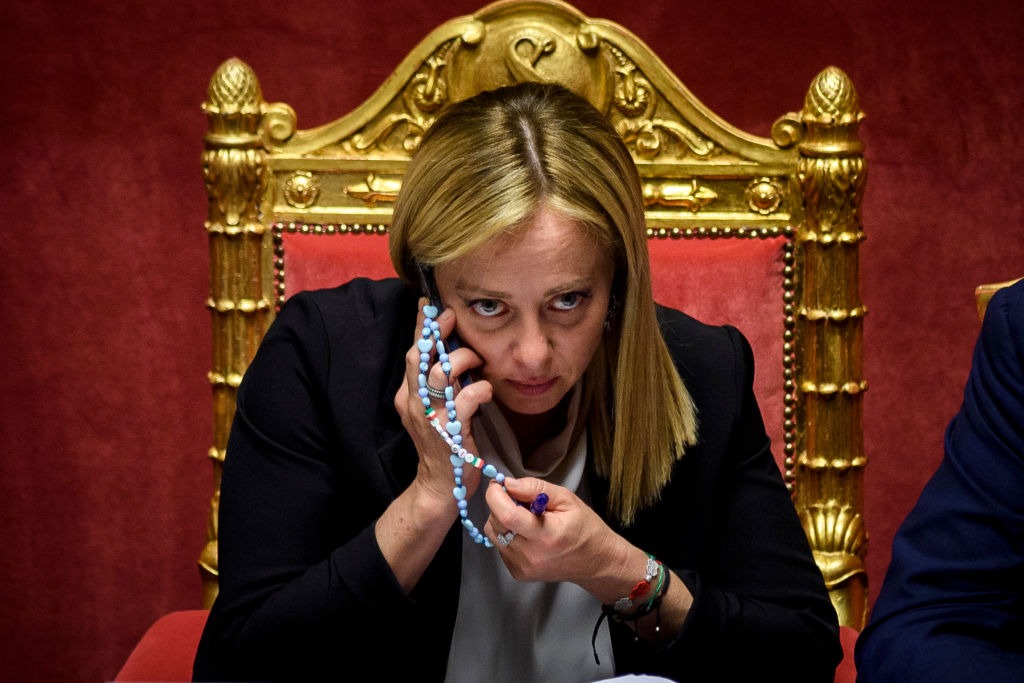
With the European Parliamentary elections just two months away, the final result seems all but decided. “A far-Right takeover is underway,” warn the experts of Foreign Policy. “This time, the far-Right threat is real,” add the prophets of Politico. And, give or take their hyperbolic use of “far-Right”, these cautions are warranted. Even though the centre-right European People’s Party (EPP) will remain the largest group in the Parliament, the biggest winners are expected to be the two groups to the Right of the EPP: Identity and Democracy (ID) and the European Conservatives and Reformists (ECR). According to the latest polls, the latter two groups alone could account for more than 20% of MEPs, and have almost as many seats as the EPP alone.
If we add those MEPs from Right-wing parties that are currently not affiliated with any group, such as those from Viktor Orbán’s Fidesz, a Right-populist coalition could potentially emerge for the first time in the history of the European Parliament, unseating the “super grand coalition” of the three centrist groups (EPP, S&D and Renew Europe) that currently rule the EU institutions. That’s easier said than done, however. Aside from the near impossibility of an alliance between the EPP and ID, Europe’s Right-populist parties are far from a united front. In fact, with polls showing a very tight race between the ECR and ID for the position of third-largest party in the European Parliament, the two groups — and their respective unofficial leaders, Giorgia Meloni and Marine Le Pen — are currently engaged in a fierce battle for the leadership of the European Right.











